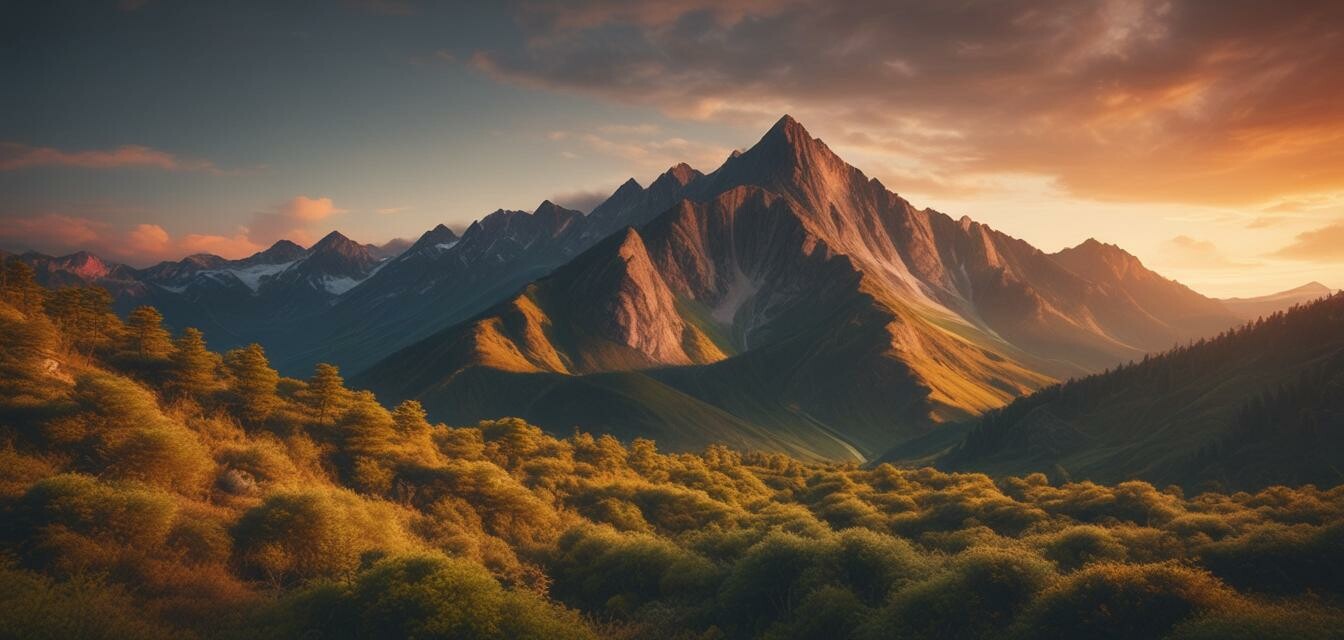
As an Amazon Associate, I earn from any qualifying purchases, at No Extra Cost to You.
Trending Locations for Backpacker Photographers
Key Takeaways
- Photographers can discover stunning photography spots in vibrant landscapes.
- Popular locations include mountainous trails, coastal views, and unique geological formations.
- Prior preparation and understanding of photography gear are essential for capturing the best shots.
- Knowing the best times to visit can enhance the overall photography experience.
- Explore our guide for tips on the best backpacking gear to optimize your outings.
As a backpacker photographer, you are always on the lookout for the perfect backdrop that offers both adventure and serene beauty. From rugged mountains to serene sunsets, the world is filled with incredible spots ready to be captured through your lens. In this article, we will explore some of the trending locations that every backpacker photographer should consider for their next adventure.
Why choose trending locations?
Finding the hottest destinations can add a fresh dynamic to your photography. These locations not only promise stunning visuals but can also enrich your backpacking experiences with breathtaking views and unique landscapes. Here’s an overview of some of the top spots gaining popularity among backpacker photographers.
Top trending locations
| Location | Best Time to Visit | Description |
|---|---|---|
| Yosemite National Park, USA | Spring & Fall | Iconic granite cliffs and waterfalls create striking compositions. |
| Banff National Park, Canada | Summer | Stunning turquoise lakes surrounded by rugged mountain peaks. |
| Torres del Paine, Chile | Spring & Summer | Epic mountain scenery and diverse wildlife make this a photographer's paradise. |
| Lake District, UK | Spring & Autumn | Picturesque lakes and mountains perfect for tranquil shots. |
| Patagonia, Argentina | Summer | Vast, untouched landscapes offer unique opportunities for dramatic photography. |
Tips for Backpacker Photographers
Beginner's Section
- Carry lightweight photography gear to minimize your load.
- Familiarize yourself with the area; research popular views and angles.
- Use early morning or late afternoon light for the best shots, known as golden hour.
- Practice composing your shots while on the trail, and don’t hesitate to experiment.
- Document your journey; capturing candid moments can be as rewarding as landscapes.
Essential Gear for Backpacking Photography
When planning your backpacking photography trips, the right gear is crucial. Below is a list of essential gear that you should consider taking along:
- Lightweight camera body
- Versatile lenses (wide-angle and zoom)
- Tripod for stability
- Extra batteries and memory cards
- Waterproof bags to protect gear
For more detailed information on selecting the right gear, check out our comprehensive buying guides.
Notable Photography Styles
Each location lends itself to different photography styles. Consider experimenting with:
- Long exposure shots for waterfalls
- Macro photography of plants and insects
- Wide-angle landscape images
- Night photography for star trails
- Timelapses of natural phenomena
Sharing Your Work
Non-exclusively documenting your journey is essential; sharing your photos on social media can elevate both your portfolio and inspire others. Platforms like Instagram and Facebook allow you to connect with fellow backpackers and photographers, helping you to achieve greater exposure.
Conclusion
Choosing trending locations for your backpacking photography can amplify your experiences and inspire your creativity. With the beauty of nature and the right techniques, you can capture moments that will last a lifetime. Remember to stay prepared, embrace your surroundings, and enjoy the journey. To see more on the latest trends in backpacking, explore our Backpacking Trends section!
Pros
- Stunning scenery enhances photography opportunities.
- Unique landscapes can improve skill sets.
- Network with other photographers and nature enthusiasts.
Cons
- Traveling to remote locations can be challenging.
- Carrying heavy camera equipment can be exhausting.
- Weather conditions may limit photography chances.
